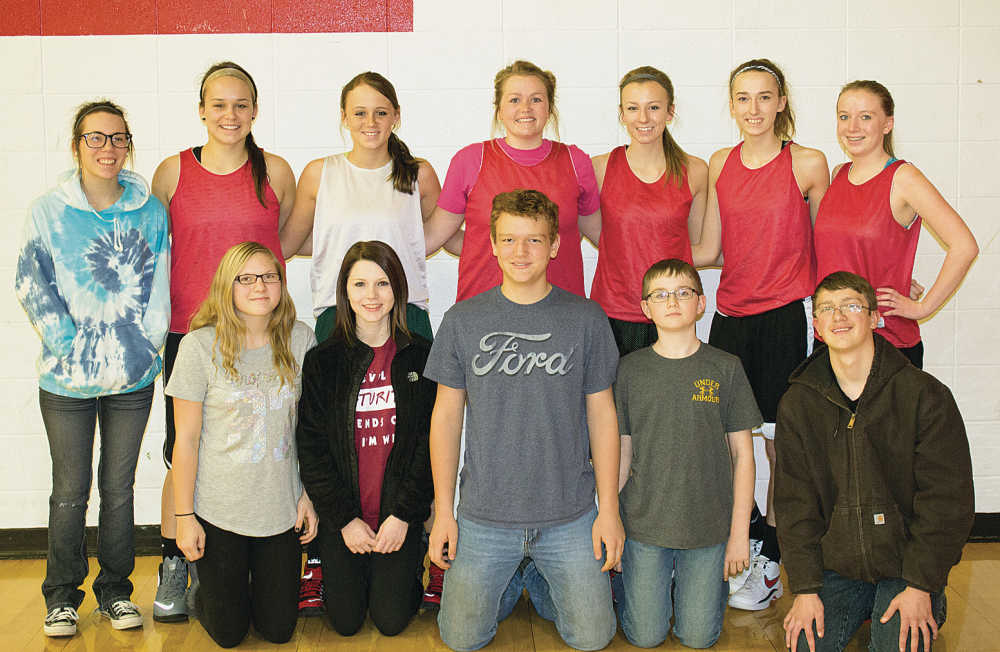Enlightened by science in Hume

Nevada Daily Mail
For most teenagers, school ends with the last bell each day. Many head off to sports practice, or band, while others head home. This is not the case in veteran science teacher Carrie Sutcliffe's room at Hume High School. Students from sixth grade and up are diligently building or revamping projects, or studying material for tests. This isn't a remedial study hall or detention; they are all here voluntarily. They are all members of Hume's Science Olympiad team and they are getting ready for their next competition.
The Division B team competed at Pembroke Hill in Kansas City on Jan. 9 finishing in 13th place out of 31 schools. Hannah Gorda placed second in Disease Detective and fifth in Crime Busters. Jaelynn Moore placed fifth in Food Science. Braxton Wikoff placed fifth in Crime Busters. Tommy Sutcliffe and Rebecca Yarick placed fifth in Air Trajectory and sixth in Wind Power. Rebecca Yarick placed fifth in Food Science.
Other members of the team competing that day were: Dylan Nicholas, Jonothon Kellholler, Harrison Wepener, Peyton McFredorick, Jaylnn Rogers, and Lakynn Moore.
Over this past weekend, the Division C team traveled to Oak Park High School in Kansas City where they placed 20th out of 27 teams. Their next competition is at Warrensburg High School on Feb. 6.
Science Olympiad's website boasts 7,400 teams across 49 states competing in 400 events. Teams are composed of 15 members and fall into one of two divisions. Division B is sixth grade to ninth grade. Division C is ninth grade to 12th grade. There are 23 events in each division.
Science Olympiad's mission statement reads "...a national non-profit organization dedicated to improving the quality of K-12 science education, increasing student interest in science, creating a technologically literate workforce and providing recognition for outstanding achievement by both students and teachers. These goals are achieved by participating in Science Olympiad tournaments, incorporating Science Olympiad into classroom curriculum and attending professional development workshops..."
Often working in partners, the students study everything from Aardvarks to Zinc. The competitions are a combination of pen-and-paper tests, laboratory experiments, and project builds so having a wide range of abilities within the team is important. This year's Division C team (high school) competes in events such as Cell Biology, Astronomy, Forensics, and Bridge Building. There are 23 events each year that students can compete in.
Sutcliffe said their teams usually make Regionals and sometimes even State, but they just do not have the number of students to be competitive at the State level to go to Nationals.
For more information go to Science Olympiad's website www.soinc.org.
